From loss to action
According to Mr. Phan Thanh Hai, Director of the Department of Culture and Sports of Hue City, the locality has sent a document to the Ministry of Culture, Sports and Tourism proposing the establishment of a national council to evaluate, appraise and propose a plan to restore the Nguyen Dynasty throne. The council is expected to include representatives of cultural management agencies, experts on antiques and conservation from Hanoi, Ho Chi Minh City and Hue.
In the context of national treasures increasingly facing many risks, the formation of a national professional council is a practical need, contributing to overcoming the confusion and delay due to the lack of competent and specialized focal points. This council needs to gather interdisciplinary scientists , from archaeology, fine arts, ancient architecture to law, conservation techniques, and appraisal to come up with feasible, scientific restoration plans that are suitable to the characteristics of each treasure.
The fire on October 23, 2024 at Pho Quang Pagoda (Xuan Lung Commune, Lam Thao District, Phu Tho Province) is a typical example. The fire burned down most of the original architecture and caused severe damage to the stone Buddhist altar, a national treasure dating back to the 14th century.
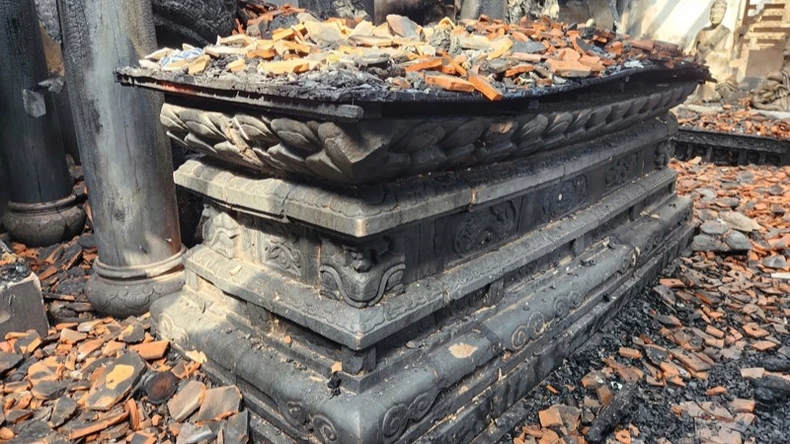 |
The lotus stone pedestal - a national treasure in Pho Quang Pagoda - was damaged after the fire. (Photo: Department of Cultural Heritage) |
Nearly 8 months have passed, but the project has yet to be restored. This shows confusion in implementation, resource allocation, and direction.
On May 26, the Ministry of Culture, Sports and Tourism sent a document to the People's Committee of Phu Tho province, requesting caution in relocating artifacts and proposing to publicize the restoration plan to create social consensus and comply with current regulations.
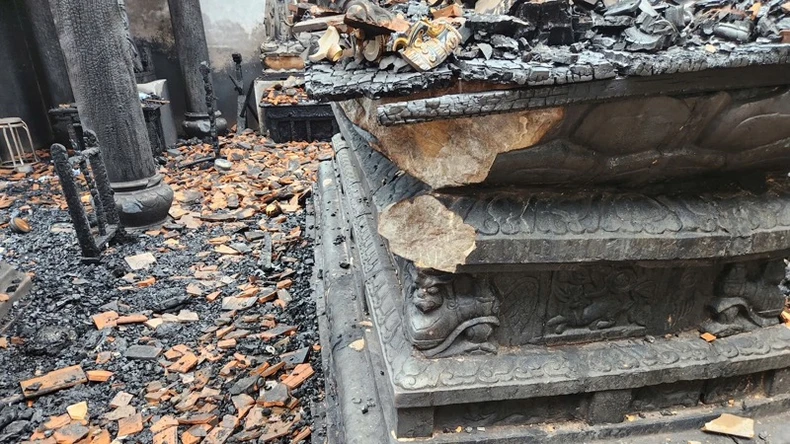 |
The lotus petal part of the stone pedestal is broken. (Photo: Department of Cultural Heritage) |
In fact, not only in Phu Tho but also in many localities, treasures are being degraded, encroached upon, and even disappeared while there is still no clear and consistent handling process. The whole country currently has nearly 300 national treasures, mainly kept in communal houses, pagodas, temples, shrines or local museums. However, many places lack facilities, security equipment, fire prevention and fighting, specialized human resources, etc., posing great risks to the protection of antiquities.
When an incident occurs, localities are often in a passive state, with unclear command authority, lack of financial resources, lack of restoration experts and no insurance plan. In case of loss, because there is no timely financial support mechanism or legal basis to mobilize specialized resources, the restoration process is easily delayed or does not guarantee technical and cultural values.
Creating a legal corridor for treasure restoration
The Law on Cultural Heritage (amended) passed by the National Assembly in 2024 has opened up an important opportunity by allowing the establishment of the Heritage Conservation Fund. This is a state financial fund outside the budget, which can receive contributions from socialization, domestic and international sponsorship. However, for this fund to play a real role, it is necessary to establish a clear and transparent financial management mechanism in allocation, supervision and use.
According to some cultural heritage experts, it is necessary to soon issue a set of criteria to assess the level of urgency when treasures are damaged, thereby activating the response process as a rapid response mechanism similar to the natural disaster prevention model. These criteria will be the legal basis for the National Treasure Restoration Council to intervene promptly, handle the matter professionally, and avoid arbitrariness and emotion. The central-level professional council is a centralized and multi-sectoral integrated mechanism that will be considered the core.
 |
Need a rapid response team of experts to advise local authorities on emergency handling. |
This council not only plays an advisory and appraisal role but also acts as a comprehensive technical supervision body, ensuring that restoration plans respect the original, preserve original materials, compare historical documents and assess the impact on the cultural and spiritual values of the treasure. In addition, the restoration technical process needs to be standardized from surveying the current status, analyzing the level of damage, determining the origin of materials to testing for reconstruction and technical acceptance.
Intervening with national treasures cannot be an emotional act or a pursuit of “modern aesthetics”. This work must be based on science, respect for history and a sense of preserving community memory.
In the context of climate change, rapid urbanization and increasing tourism pressure, relics, including treasures, are facing many new threats. Establishing an inter-sectoral response mechanism is an appropriate requirement. A specialized task force at the national level with specific powers can intervene urgently, provide technical advice, and guide localities in handling incidents, partly solving practical problems for current bottlenecks.
At the grassroots level, it is necessary to train relic caretakers on initial incident handling procedures and establish minimum safety standards for storage facilities.
At the central level, it is necessary to complete the legal framework and build a clear and unified inter-sectoral coordination mechanism to ensure that all losses to treasures can be handled responsibly, systematically, on a scientific basis and with community consensus.
At that time, each correct recovery plan is a cautious step to preserve the nation's assets in the flow of modern development.
Source: https://nhandan.vn/xay-dung-co-che-phuc-hoi-bao-vat-quoc-gia-yeu-cau-dat-ra-tu-thuc-tien-post883107.html



![[Photo] A delegation of 100 journalists from the Vietnam Journalists Association visits the soldiers and people of Truong Sa island district.](https://vphoto.vietnam.vn/thumb/1200x675/vietnam/resource/IMAGE/2025/5/30/0984a986227d4e988177f560d2e1563e)

![[Photo] Journalists moved to tears at the Memorial Service for the soldiers who died in Gac Ma](https://vphoto.vietnam.vn/thumb/1200x675/vietnam/resource/IMAGE/2025/5/30/9454613a55c54c16bf8c0efa51883456)
![[Photo] National Conference "100 years of Vietnamese Revolutionary Press accompanying the glorious cause of the Party and the nation"](https://vphoto.vietnam.vn/thumb/1200x675/vietnam/resource/IMAGE/2025/5/30/1cf6cd5c8a934ebfa347028dcb08358c)
![[Photo] General Secretary To Lam receives Chief of the Central Office of the Lao People's Revolutionary Party](https://vphoto.vietnam.vn/thumb/1200x675/vietnam/resource/IMAGE/2025/5/30/140435f4b39d4599a3d17975dfb444c5)
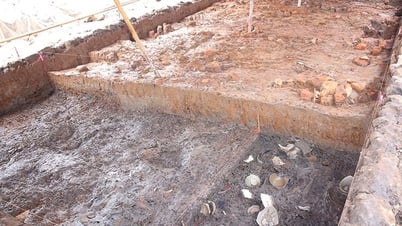


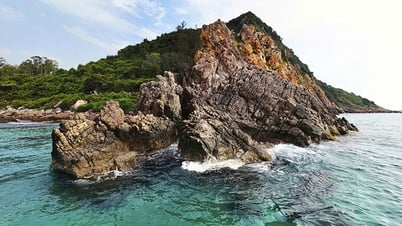




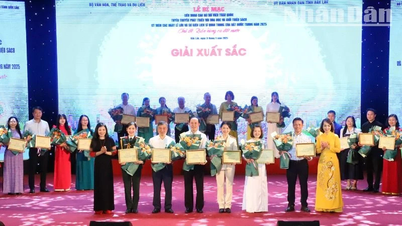





![[Video] Vietnam strives to master the technology to produce 15 types of vaccines by 2030](https://vphoto.vietnam.vn/thumb/402x226/vietnam/resource/IMAGE/2025/5/30/9b660538f5aa46daaff8b19dc9ca8204)

![[Video] Announcing the score distribution of the 2025 HSA Competency Assessment exam](https://vphoto.vietnam.vn/thumb/402x226/vietnam/resource/IMAGE/2025/5/30/8f7b551d1e854f02a1873dcbf7f7a9ef)












































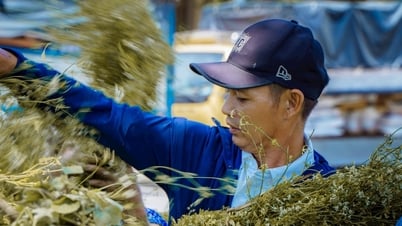




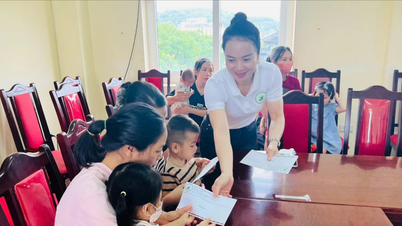

















Comment (0)